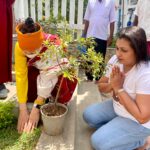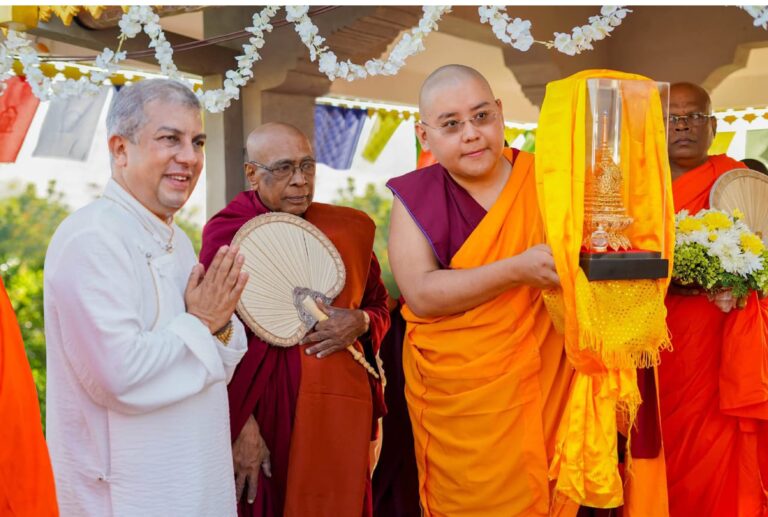Milarepa: Tibet’s Beloved Saint and Poet Early Life and the Path of Karma Milarepa (c. 1052–1135 CE) is among Tibet’s most revered yogis, poets, and spiritual masters. Born as Mila Thöpaga into a wealthy family in Dingri, Tibet, Milarepa’s early years were marked by loss and injustice. After his father's death, his family's fortune was …
Milarepa: Tibet’s Beloved Saint and Poet
Early Life and the Path of Karma
Milarepa (c. 1052–1135 CE) is among Tibet’s most revered yogis, poets, and spiritual masters.
Born as Mila Thöpaga into a wealthy family in Dingri, Tibet, Milarepa’s early years were marked by loss and injustice. After his father’s death, his family’s fortune was seized by unscrupulous relatives, plunging them into poverty and mistreatment. At his mother Kargyen’s urging, and fueled by deep resentment, Milarepa turned to the dark arts, mastering black magic and sorcery (Tsangnyön Heruka, 1999).
In a tragic act of revenge, he cast a spell that killed 35 people, including members of his own family. Wracked with remorse, Milarepa recognized the enormity of his actions and set out on a desperate search for redemption through spiritual practice.
Spiritual Transformation Under Marpa
Milarepa’s quest led him to Marpa Lotsawa, a revered teacher and translator of the Kagyu lineage. Though Marpa recognized his potential, he also saw the heavy burden of Milarepa’s past karma. Instead of immediate teachings, Marpa subjected Milarepa to years of backbreaking labor—building and demolishing stone towers—without explanation or encouragement. These trials were not punishment, but purification (Tsangnyön Heruka, 1999).
Eventually, Marpa bestowed upon him the profound tantric teachings of Mahamudra and the Six Yogas of Naropa. With these, Milarepa withdrew into solitary retreat in the Himalayan wilderness, meditating for years in caves near Mount Kailash and Lapchi. Sustained only by nettles, his body took on a greenish hue—a feature often depicted in Tibetan art. Through relentless practice, he attained enlightenment within a single lifetime, a rare and celebrated achievement (Tsangnyön Heruka, 1999).
Legacy Through Song and Teaching
Following his awakening, Milarepa became a wandering yogi, sharing wisdom through poetic songs—later compiled as The Hundred Thousand Songs of Milarepa. His verses, filled with spiritual depth, humor, and spontaneity, emphasized direct experience, devotion to one’s guru, and the transformative power of meditation (Kongtrul, 2010). His most prominent disciple, Gampopa, would go on to formalize the Kagyu lineage, ensuring Milarepa’s teachings lived on.
In his later life, Milarepa was poisoned by a jealous monk. True to his realization, he responded with peace and compassion, using his death as a final teaching on impermanence. It is said his body dissolved into light, and his relics were distributed among his followers.
Enduring Relevance
Milarepa’s life exemplifies essential Buddhist teachings: the workings of karma, the redemptive power of sincere effort, and the possibility of enlightenment for all. His story transcends cultural boundaries, offering hope to anyone who seeks transformation, no matter their past.
The Kagyu lineage he helped shape remains a vital current in Tibetan Buddhism, and his songs continue to inspire practitioners around the world.
References
Tsangnyön Heruka. (1999). The life of Milarepa (A. W. Evans-Wentz, Trans.; revised by K. Douglas & G. Bays). Penguin Classics.
Kongtrul, J. (2010). The hundred thousand songs of Milarepa (G. C. C. Chang, Trans.). Shambhala Publications.
Get in Touch with Us
We’d love to hear from you—share your thoughts or ask a question!






